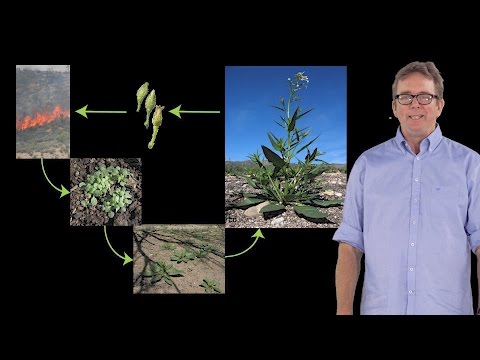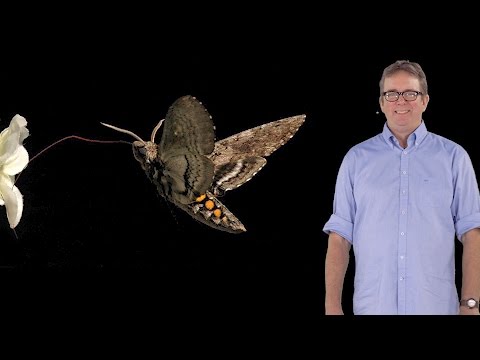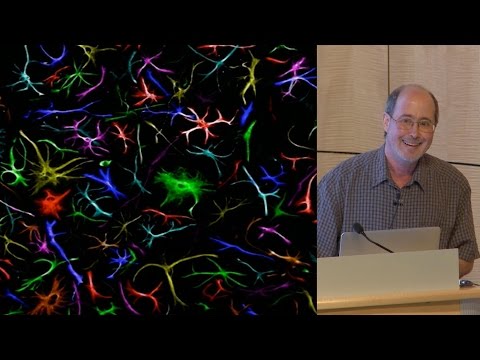 35:08 Deshaies (Amgen) 1: A primer on the ubiquitin-proteasome system Part 1: A primer on the ubiquitin-proteasome system: The ubiquitin-proteasome system is one of the principal means of degrading misfolded, mutated, or unwanted proteins in the cell.
35:08 Deshaies (Amgen) 1: A primer on the ubiquitin-proteasome system Part 1: A primer on the ubiquitin-proteasome system: The ubiquitin-proteasome system is one of the principal means of degrading misfolded, mutated, or unwanted proteins in the cell.Part 2: Culli...
 41:45 Deshaies (Amgen) 3: Targeting the ubiquitin-proteasome system in cancer Part 1: A primer on the ubiquitin-proteasome system: The ubiquitin-proteasome system is one of the principal means of degrading misfolded, mutated, or unwanted proteins in the cell.
41:45 Deshaies (Amgen) 3: Targeting the ubiquitin-proteasome system in cancer Part 1: A primer on the ubiquitin-proteasome system: The ubiquitin-proteasome system is one of the principal means of degrading misfolded, mutated, or unwanted proteins in the cell.Part 2: Culli...
 40:35 Deshaies (Amgen) 2: Cullin-RING ubiquitin ligases: structure, mechanism, and regulation Part 1: A primer on the ubiquitin-proteasome system: The ubiquitin-proteasome system is one of the principal means of degrading misfolded, mutated, or unwanted proteins in the cell.
40:35 Deshaies (Amgen) 2: Cullin-RING ubiquitin ligases: structure, mechanism, and regulation Part 1: A primer on the ubiquitin-proteasome system: The ubiquitin-proteasome system is one of the principal means of degrading misfolded, mutated, or unwanted proteins in the cell.Part 2: Culli...
 37:45 Baldwin (Max Planck Inst.) 3: Plant’s perspective on seeds, sex, and microbes Part 1: Studying a plant’s ecological interactions in the genomics era (Part 1): Dr. Baldwin reveal the mechanism by which the native tobacco plant, Nicotiana attenuata, uses floral metabolites to ...
37:45 Baldwin (Max Planck Inst.) 3: Plant’s perspective on seeds, sex, and microbes Part 1: Studying a plant’s ecological interactions in the genomics era (Part 1): Dr. Baldwin reveal the mechanism by which the native tobacco plant, Nicotiana attenuata, uses floral metabolites to ... 48:16 Baldwin (Max Planck Inst.) 2: Nicotina attenuata’s responses to attack from the moth’s caterpillar Part 1: Studying a plant’s ecological interactions in the genomics era (Part 1): Dr. Baldwin reveal the mechanism by which the native tobacco plant, Nicotiana attenuata, uses floral metabolites to ...
48:16 Baldwin (Max Planck Inst.) 2: Nicotina attenuata’s responses to attack from the moth’s caterpillar Part 1: Studying a plant’s ecological interactions in the genomics era (Part 1): Dr. Baldwin reveal the mechanism by which the native tobacco plant, Nicotiana attenuata, uses floral metabolites to ... 45:00 Baldwin (Max Planck Inst.) 1: Studying a plant’s ecological interactions in the genomics era Part 1: Studying a plant’s ecological interactions in the genomics era (Part 1): Dr. Baldwin reveal the mechanism by which the native tobacco plant, Nicotiana attenuata, uses floral metabolites to ...
45:00 Baldwin (Max Planck Inst.) 1: Studying a plant’s ecological interactions in the genomics era Part 1: Studying a plant’s ecological interactions in the genomics era (Part 1): Dr. Baldwin reveal the mechanism by which the native tobacco plant, Nicotiana attenuata, uses floral metabolites to ... 8:33 Ben Barres (Stanford) 2: Women in Science Part 1: What do reactive astrocytes do? Ben Barres categorizes two types of reactive astrocytes, A1 and A2, and describes how they affect the fate of neurons after brain injuries
8:33 Ben Barres (Stanford) 2: Women in Science Part 1: What do reactive astrocytes do? Ben Barres categorizes two types of reactive astrocytes, A1 and A2, and describes how they affect the fate of neurons after brain injuriesPart 2: Women in ...
 48:44 Ben Barres (Stanford) 1: What do reactive astrocytes do? Part 1: What do reactive astrocytes do? Ben Barres categorizes two types of reactive astrocytes, A1 and A2, and describes how they affect the fate of neurons after brain injuries
48:44 Ben Barres (Stanford) 1: What do reactive astrocytes do? Part 1: What do reactive astrocytes do? Ben Barres categorizes two types of reactive astrocytes, A1 and A2, and describes how they affect the fate of neurons after brain injuriesPart 2: Women in ...
 32:04 Magdalena Bezanilla (U. Mass-Amherst) 2: Using reverse genetics to dissect the formin gene family Part 1: Understanding cell shape: Big insights from little plants: Polarized cell growth in plants depends on the assembly and disassembly of actin filaments.
32:04 Magdalena Bezanilla (U. Mass-Amherst) 2: Using reverse genetics to dissect the formin gene family Part 1: Understanding cell shape: Big insights from little plants: Polarized cell growth in plants depends on the assembly and disassembly of actin filaments.Part 2: Using reverse genetics to di...
 32:36 Magdalena Bezanilla (U. Mass-Amherst) 1: Understanding cell shape: Big insights from little plants Part 1: Understanding cell shape: Big insights from little plants: Polarized cell growth in plants depends on the assembly and disassembly of actin filaments.
32:36 Magdalena Bezanilla (U. Mass-Amherst) 1: Understanding cell shape: Big insights from little plants Part 1: Understanding cell shape: Big insights from little plants: Polarized cell growth in plants depends on the assembly and disassembly of actin filaments.Part 2: Using reverse genetics to di...
 31:24 Magdalena Bezanilla (U. Mass-Amherst) 3: Myosin and actin steer plant cell division Part 1: Understanding cell shape: Big insights from little plants: Polarized cell growth in plants depends on the assembly and disassembly of actin filaments.
31:24 Magdalena Bezanilla (U. Mass-Amherst) 3: Myosin and actin steer plant cell division Part 1: Understanding cell shape: Big insights from little plants: Polarized cell growth in plants depends on the assembly and disassembly of actin filaments.
No comments:
Post a Comment